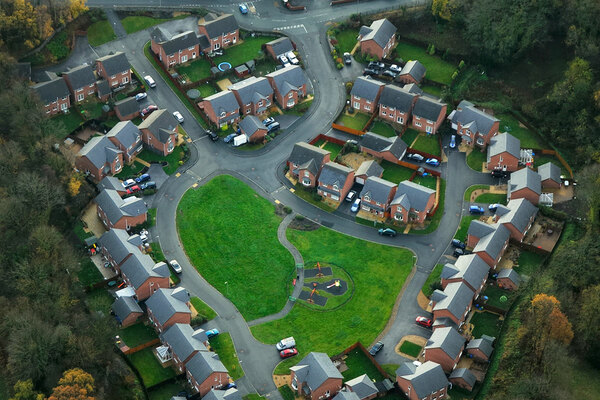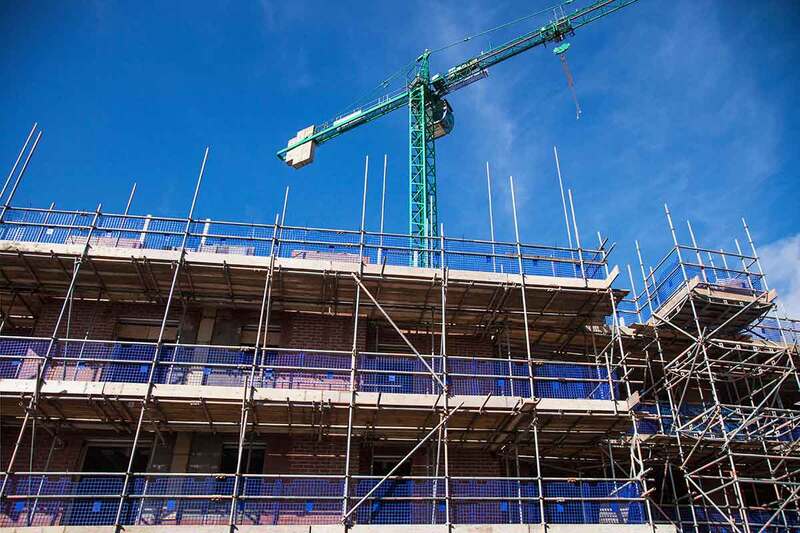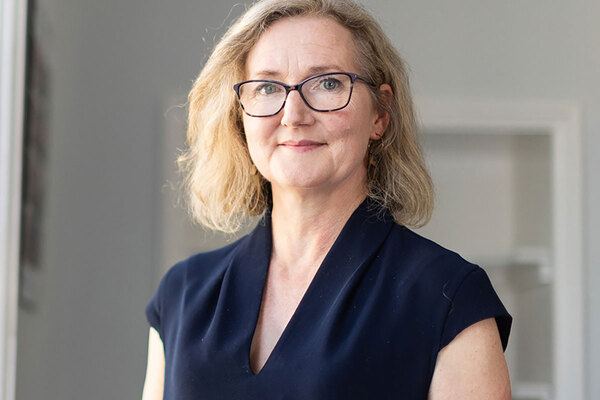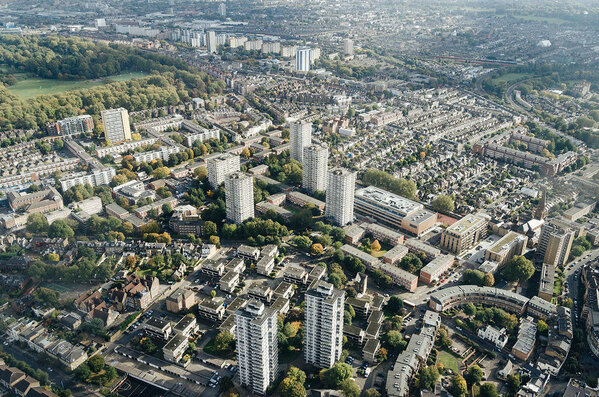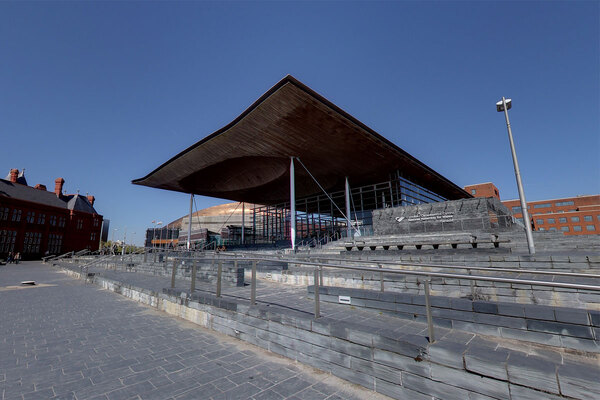You are viewing 1 of your 1 free articles
The new-look Affordable Homes Programme at a glance
The government has released details about its new Affordable Homes Programme, which will dictate how social and affordable housing is funded over the next five years. Nathaniel Barker picks out the significant talking points from what we know so far.
Ministers have this morning made some key announcements about grant funding for social and affordable housing in England over the coming half-decade.
The Affordable Homes Programme (AHP) 2021-2026 will be worth £11.5bn and, in the words of a government press release, will fund up to 180,000 homes “should economic conditions allow”.
First unveiled at the Spring Budget in March, the programme represents the largest allocation for affordable housing grant since the Conservatives took office in 2010. It opens for bids this week and, as in previous years, will be available to housing associations, councils and for-profit registered providers of social housing.
However, there are one or two stings in the tail. Below, Inside Housing summarises the most important bits to know.
Geographical spread
A major change from the current AHP, running from 2016 to 2021, will be the balance of funding available to London and the rest of the country. At the moment, the split is roughly 50/50 – with London mayor Sadiq Khan taking charge of £4.8bn of the £9bn allocated over the five-year period.
Under the new programme, announced today, London will get £4bn and the rest of the country £7.5bn – a 35/65 split. That obviously represents a big increase in the cash available for the regions and feeds into the prime minister’s ‘levelling up’ agenda, but it is a funding cut for London where affordable housing need is most acute.
Mr Khan will get around £800m a year – a fraction of the £4.9bn he believes is needed annually to keep up with demand for social and affordable homes in the capital. Negotiations about what the mayor will have to promise with the £4bn in terms of delivery targets are currently underway between the Greater London Authority and the government. Homes England, the government’s housing agency which will administer the AHP elsewhere, is set to release its prospectus this week.
The tenure split
Around half the homes delivered through the new AHP will be for homeownership products, the government has announced. By way of comparison, 44% of the first £2bn allocated by Homes England under the current programme was for affordable homeownership products. In response to a query from Inside Housing, the government said the “vast majority” of the affordable homeownership homes in the new AHP will be for shared ownership. In June, housing secretary Robert Jenrick announced that the programme will also fund a 1,500-home pilot of First Homes – the government’s latest homeownership product which will see homes sold to first-time buyers at 30% discounts – but no further detail has been issued on that front.
Funding will be available for social rent as well as the more expensive affordable rent, but the exact breakdown has not been specified and the Ministry of Housing, Communities and Local Government expects this to be decided locally. Under the current AHP, only 4% of the first £2bn was for social rent with 52% for affordable rent.
Right to Shared Ownership
Here’s the big caveat. The “vast majority” of rented homes funded through the new AHP will be subject to a “Right to Shared Ownership”. In other words, tenants of these homes will be able to purchase a chunk of the equity and increase the size of that chunk when they are able. This was first trailed in Inside Housing back in March, following the chancellor’s Budget.
There will be some exceptions: council homes (which are already subject to the Right to Buy), supported housing and almshouses and homes in rural exemption sites will not have the Right to Shared Ownership. It also does not apply where the landlord is a co-operative housing association or a Community Land Trust.
To be eligible, tenants must have lived in social housing for at least three years and their current home for at least 12 months, not be subject to bankruptcy proceedings and meet certain affordability criteria.
Mr Jenrick first unveiled plans for a Right to Shared Ownership at the Conservative Party conference in September 2019. Housing associations expressed alarm about what the proposals could mean for the longevity of social housing stock. There were particular concerns about what impact converting rented stock, which provides housing associations with a regular stream of income and provides certainty to lenders, would have on organisations’ existing loan deals and ability to borrow. Lawyers questioned whether mortgage lenders would be interested. This could be a potential watershed moment for the housing association sector.
New shared ownership model
As well as the announcement outlined above, shared ownership itself is changing in a big way. Prospective buyers of shared ownership homes built through the new AHP will be able to purchase an equity stake of just 10% – compared to the current minimum threshold of 25%. Thereafter, people will be able to staircase in instalments of only 1%, with the government promising “heavily reduced fees”. Perhaps even more significantly, landlords will be made to pay for any repairs and maintenance over a 10-year period for new shared owners. At present, those costs sit entirely with the resident no matter the size of their equity stake.
All this represents the government’s response to a consultation on proposals to make shared ownership a more attractive prospect for first-time buyers launched in August 2019 and again could have a major impact on social landlords. Ministers will publish a further technical consultation on implementing the new shared ownership model at an unconfirmed point in the future.
Supported housing
The government’s press release indicates that of the homes for rent delivered through the new programme, 10% will be available for supported housing for “those with physical or mental health challenges”. The AHP has been used to fund supported housing for some time, and in fact, 11% of the first £2bn allocated through the current cycle was spent on supported housing or homes for older people.
Proposals for accessible housing
Separately to the AHP announcements – but certainly still relevant to social landlords – the government is today launching a consultation aimed at tightening accessibility standards for new homes.
Currently, in order to be accessible to most people including wheelchair users, new build homes in England must have level access to the main entrance, a flush threshold, a toilet at entrance level and wide enough doorways and circulation space.
Ministers are proposing to add to these minimum standards requirements for a living area at entrance level, step-free access to all entrance level rooms and facilities, wider doorways and corridors and clear access routes to reach windows. Homes would also need to be made easier to adapt for a wider range of occupants including older people or those with reduced mobility – such as staircases which can be readily fit with a stair lift.
Sign up for our development and finance newsletter
Already have an account? Click here to manage your newsletters

